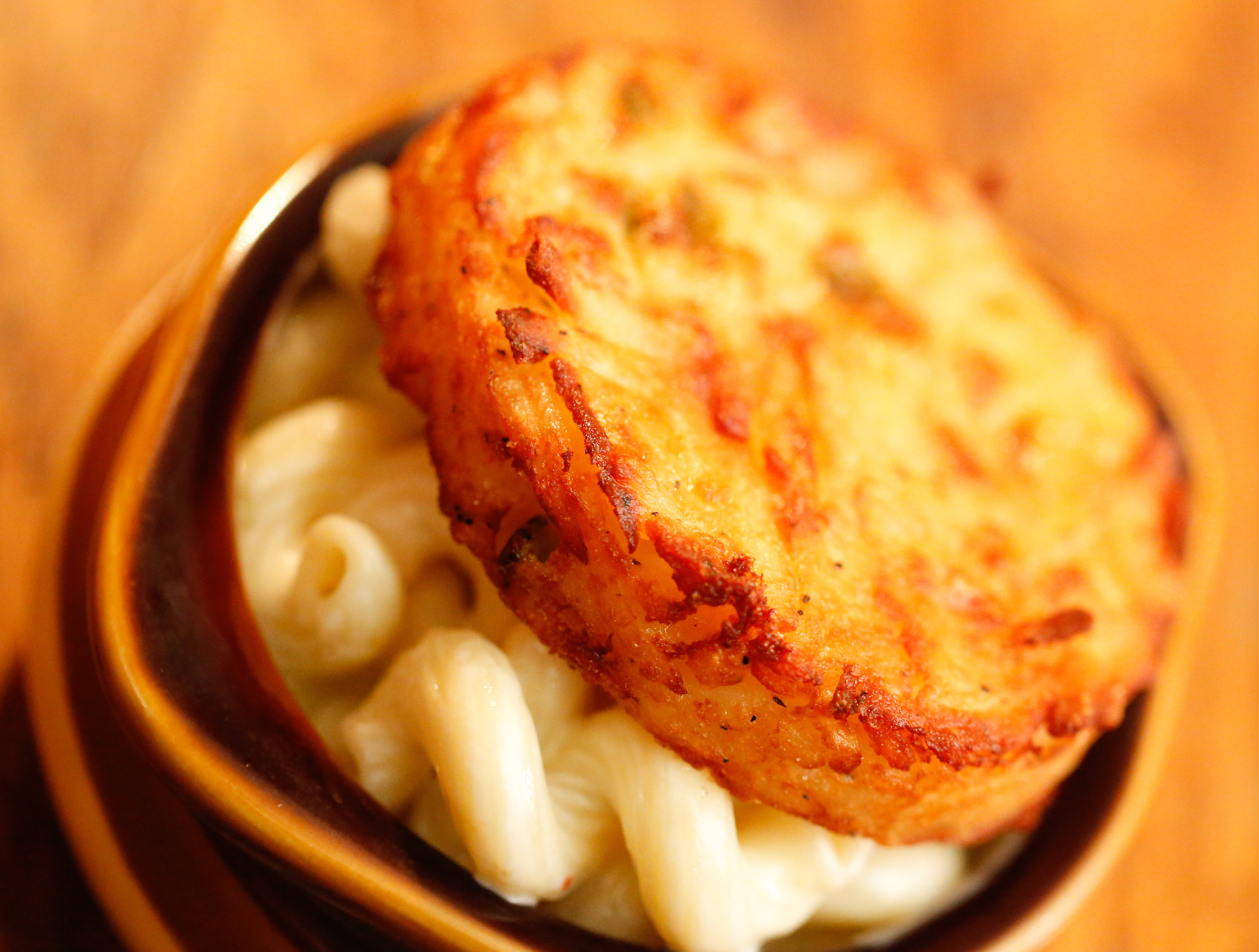My friends and I could not figure out where to get dinner last night. Asado had too long a wait, Virg couldn’t seat us together, and most didn’t want Canes. I weighed the external and decision-making costs in my head.
First, the external costs. Many of us didn’t want Canes, and though we were hungry, we would spend dinner dreaming about Virg Mac N’ Cheese. The goal was to spend time together, and splitting the group at Virg would defeat that purpose, leaving everyone unhappy. Asado would mean waiting an hour for a table, making the group hungrier (crabbier) for longer.
Next, the decision-making costs. We were negotiating and complaining about each option outside in the cold. The more people we needed for agreement the longer we would debate. The longer we debated, the colder and hungrier we would become. Aiming for unanimity would increase the decision-making costs even if it would remove external costs.
A simple-majority seemed preferable to a unanimous decision, lowering decision-making costs without pushing anyone’s external costs too high. Once half of the group agreed on Canes I yielded the fight for Asado and followed them. I may have been eating over-priced chicken tenders, but I got to see my friends and I (think) the group’s costs were minimized.




